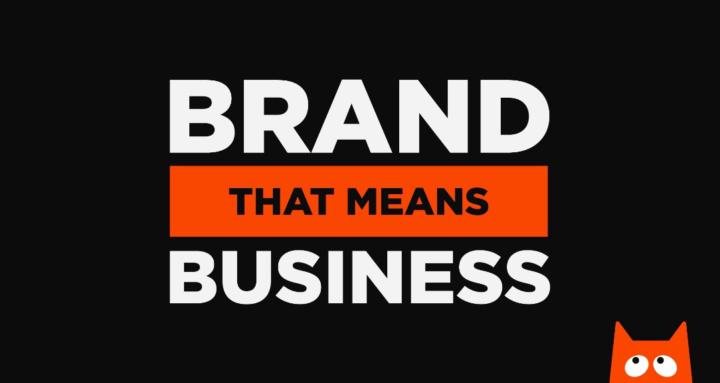4d • General discussion
Discipline 2: Collaborate
Collaboration is what keeps a brand aligned. Without it, you end up with crossed wires, mixed messages, and a business that looks and feels disconnected from itself.
It’s easy to think of branding as something handled by one person or one department, but that’s where things start to go wrong. A brand is affected by every part of the business, the way you talk, the way you deliver, how decisions are made, how customers are treated, what gets prioritised, and what doesn’t. None of that can be managed properly if people are working in isolation.
That’s why collaboration is a discipline. Not just something that happens on a good day, but something that needs to be built in from the start. A consistent brand isn’t about controlling every detail. It’s about making sure the right people are involved early, working with the same understanding of what the brand is, what it stands for, and what it’s aiming to achieve.
This applies whether you’re building a brand from scratch, rebranding, or scaling. If there’s no shared direction, things start to drift. People start making their own decisions about what’s right. Teams pull in different directions. The message changes depending on who you ask.
That’s why collaboration matters. It’s not about how many people are involved. It’s about having the right conversations with the right people at the right time. Everyone doesn’t need to agree on everything, but they do need to understand the bigger picture and how their part connects to it.
Sometimes that means involving people across departments. Sometimes it means working with trusted partners. Sometimes it’s just about making space to step back and realign before pushing forward. It doesn’t need to be a complicated process, but it does need structure.
Without that structure, things start to fragment. One team is saying one thing, another team is doing something else. The experience starts to shift depending on where someone interacts with the business. Internally, it creates confusion. Externally, it creates distrust.
Collaboration avoids that by keeping the brand connected. It builds in context so people aren’t just doing tasks, they’re making decisions that support a shared direction. That’s what turns scattered effort into something consistent.
This isn’t just a creative thing. It applies to leadership, operations, sales, customer service, and anyone who plays a role in how the business shows up and delivers value. If everyone is clear on what the brand stands for, it becomes much easier to make decisions, move quicker, and stay consistent without needing to micromanage it all.
That’s the point of this discipline. Not just working together, but working aligned. Making sure the brand is something people understand and can actually contribute to, not just a set of slides sitting in a folder.
1
0 comments
powered by

skool.com/brand-that-means-business-5371
Branding explained. For businesses and designers who want to make branding work for them.
Suggested communities
Powered by
